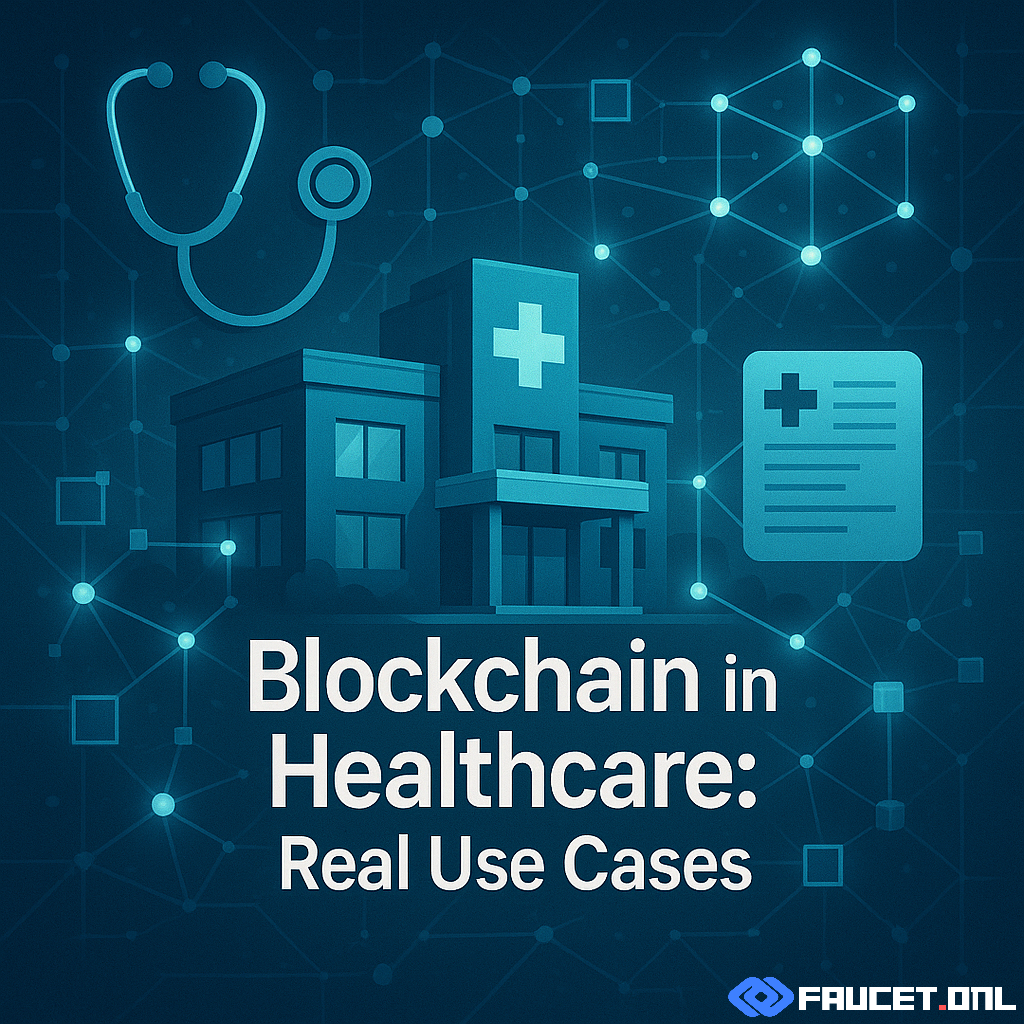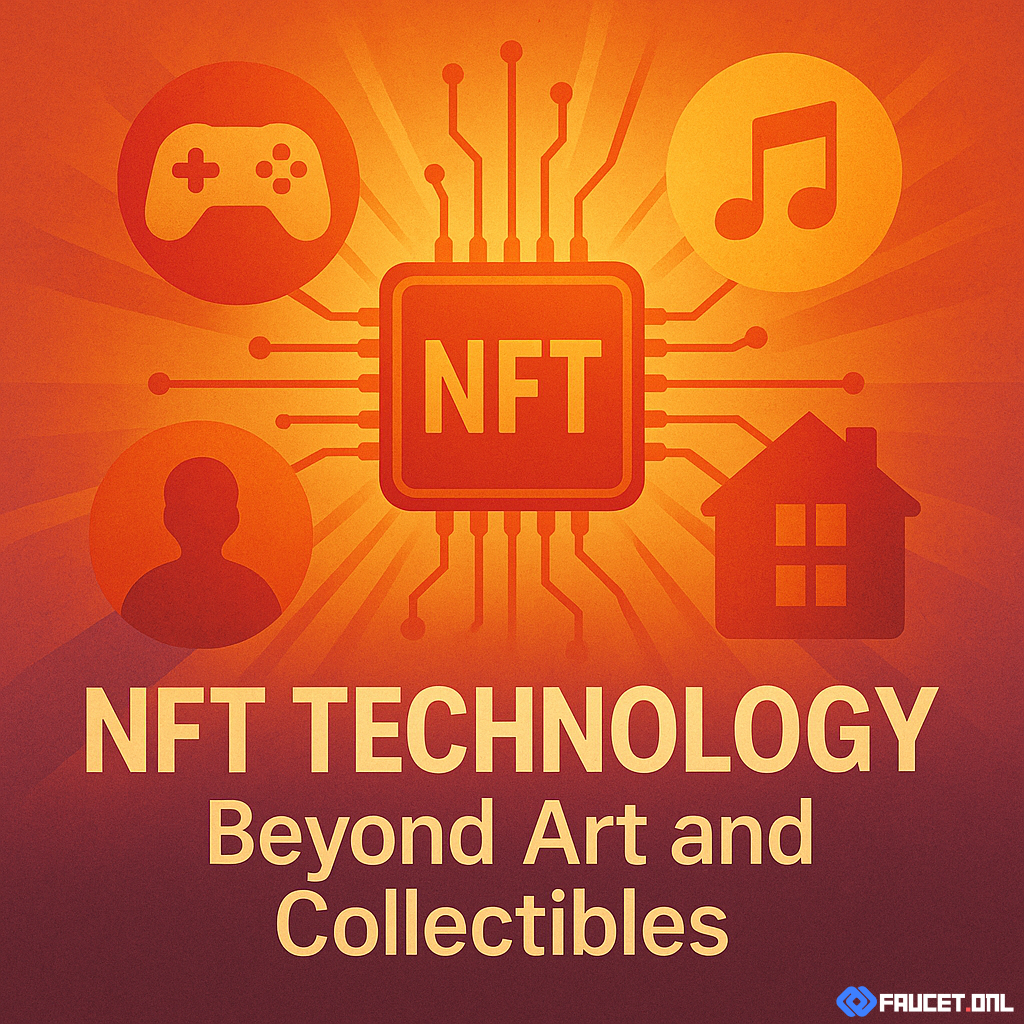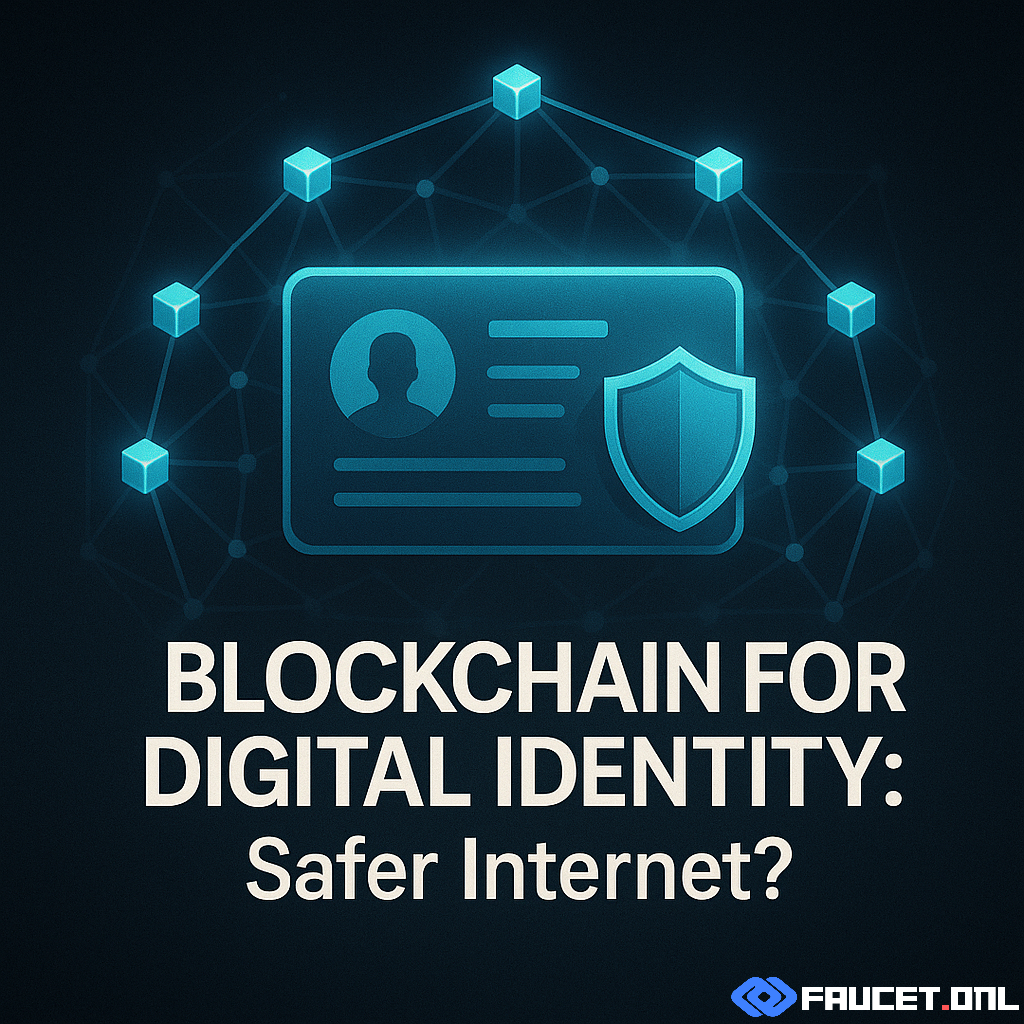Blockchain in Healthcare: Moving from Hype to Practice
The healthcare industry generates enormous amounts of sensitive data—medical records, lab results, billing information, and more. Ensuring the privacy, accuracy, and accessibility of this data is a persistent challenge. Blockchain, with its decentralized and tamper-resistant architecture, is now being adopted as a solution to some of healthcare’s most pressing data management problems.
Unlike traditional databases, blockchain offers immutable records that can be securely shared between authorized parties. This makes it easier for hospitals, clinics, insurers, and patients to collaborate, while reducing errors and preventing data breaches. Across the globe, leading organizations are launching blockchain pilots and production systems tailored specifically to healthcare needs.
Real Examples: Blockchain at Work in Healthcare
Blockchain isn’t just a concept—it’s already in use at top healthcare institutions and startups. Here are some practical examples:
- Patient Data Management: Mayo Clinic and other providers are using blockchain-based platforms to securely store and share electronic health records (EHRs), enabling fast, permissioned access for patients and doctors.
- Drug Supply Chain: The FDA, in collaboration with companies like IBM and Merck, is piloting blockchain systems to track pharmaceuticals from manufacturing to delivery, reducing the risk of counterfeit drugs entering the supply chain.
- Clinical Trials: MIT’s MedRec project and other initiatives use blockchain to manage consent and trial data, ensuring transparency and authenticity throughout the research process.
- Claims and Billing: Insurers are experimenting with smart contracts to automate claims processing, minimize fraud, and accelerate reimbursements.
- Credential Verification: Some networks are leveraging blockchain for verifying healthcare professional credentials, making onboarding and compliance more efficient.
Benefits of Blockchain for Healthcare
Blockchain’s adoption in healthcare brings a range of tangible benefits:
- Improved Security: Immutable records help safeguard against unauthorized access and tampering, protecting patient privacy.
- Better Data Sharing: Patients and providers can exchange information quickly and securely, supporting better diagnoses and treatments.
- Transparency & Traceability: Supply chain tracking and clinical research are more transparent, reducing fraud and improving compliance.
- Operational Efficiency: Automated processes lower administrative costs and speed up essential workflows.
For healthcare organizations, these benefits translate into better outcomes, higher trust, and long-term savings.
Challenges: Barriers to Adoption
Despite the promise, blockchain adoption in healthcare faces several hurdles:
- Regulatory Uncertainty: Compliance with data privacy laws (like HIPAA in the U.S. or GDPR in Europe) is complex and evolving.
- Integration: Many legacy healthcare IT systems are not designed to work with blockchain, making integration expensive and time-consuming.
- Scalability: Processing large volumes of healthcare data on-chain can be costly and slow, especially with public blockchains.
- Stakeholder Buy-In: Resistance to change and lack of blockchain expertise can stall projects before they deliver value.
Healthcare leaders must address these challenges to unlock blockchain’s full potential.
Future Outlook: What’s Next for Blockchain in Healthcare?
Looking ahead, the future of blockchain in healthcare is bright but nuanced. As regulatory frameworks mature and more interoperability solutions emerge, blockchain’s footprint in the industry is set to expand. We can expect to see:
- Wider Use of Permissioned Blockchains: Tailored for privacy, these networks balance security with regulatory compliance.
- AI and Blockchain Synergy: Combining artificial intelligence with blockchain could automate patient care, accelerate drug discovery, and detect fraud.
- Global Health Initiatives: Cross-border health data sharing and supply chain projects are likely to grow, making healthcare more accessible worldwide.
- Patient Empowerment: Patients will have greater control over their health data, choosing who can access and use their information.
The industry is still in the early stages of blockchain adoption, but successful case studies and growing investment signal that real-world impact is only just beginning.
Conclusion
Blockchain is moving from theory to practice in healthcare, with proven applications in data management, security, and efficiency. While challenges remain, the technology’s benefits are attracting growing attention from healthcare leaders worldwide. By staying informed and open to innovation, healthcare professionals can prepare to leverage blockchain for better care and smarter operations in the years ahead.



